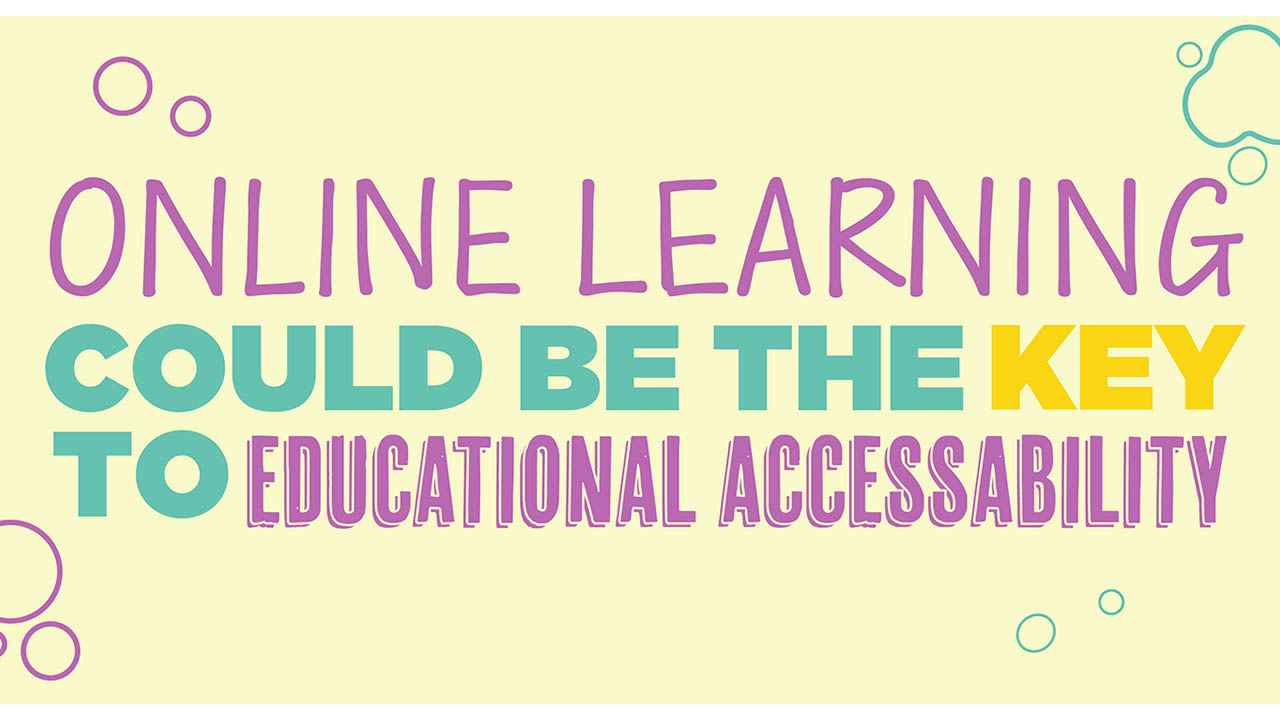Online learning could be the key to educational accessability

The current school year has been dominated by conversations about the trials and tribulations of online learning. But innovations in remote learning models could be the key to giving more people access to an education, even after COVID-19 is behind us.
The pandemic has highlighted the holes in Ontario’s online learning model. In many cases, teachers were left to make the transition to online learning without much guidance, and courses that relied on practical work were left to scramble to find ways to incorporate blended options at the post-secondary level. Even through COVID-19, though, the province was making strides to address this issue. The Ontario government invested $50 million in late 2020 to strengthen its postsecondary online learning capabilities, giving international students the option to study from their home countries, and improving the quality of online learning with innovations in digital content.
But the province wasn’t the only one making big strides. Associate Dean of the Faculty of Business, Information Technology, Mary Pierce said Fanshawe College was leading the way for online learning, well before COVID-19.
“Fanshawe College was the single largest innovator in Ontario, and to a certain extent, Canada among the college’s, for offering fully online learning before COVID,” said Pierce.
Pierce added that online courses at Fanshawe do more than just copy and paste course work into an online format.
“We don’t just put programs online,” she said. “We offer online versions of programs in our postsecondary programs.”
The difference means the courses go through a longer production process to make sure online learners still get the same level of education, even if they choose to study online.
New last year was the college’s “Am I Ready?” tool, something Pierce called an innovation in how students prepare for post-secondary education. The external learning management system allows anyone, whether they are enrolled in the college or not, to access course materials and self-evaluate their strengths.
Innovations in educational software like the “Am I Ready?” tool could be the key to helping future students assess their abilities to take online courses. The province has its own self-assessment software for online learners through OntarioLearn, which provides a questionnaire for prospective students on their learning habits and computer skills.
Online learning isn’t all about innovations in software and technology, though. As Pierce explained, the option to learn from home opens the doors for more people to access an education.
“Prior to [the pandemic], with the online versions of programs, it was almost exclusively mature learners,” she said. “People were working. And those are the individuals that generally choose online learning. Online learning offers a lot of flexibility for people with part time jobs, where they live, and the fact that they can access and study what they want, when they want.”
She added that many online learners prior to the pandemic were single mothers, who appreciated the flexibility of online learning and the chance to study from home. For international students or students who have limited access to a physical campus, an online learning option could be the difference between getting an education and not.
Online learning can also cut back on ancillary fees, with less need for a bus pass or student gym membership.
Pierce believes that even after COVID-19 is behind us, the province will continue to see growth in the online learning sector.
“I think more people are going to offer an option for online for students who want it,” she said. “And so I do think that some of the good things that have happened with blended learning, where a few courses are some hours are online for theory. I think you’ll see a bit more of that going forward.”
Online learning is dependent on self-motivation and in some cases, self-assessment, meaning it might not be for everyone. However, with the changes brought on by COVID-19, it’s possible that more supports for online students will be the focus of future investments. Pierce said the answer to keeping students engaged and successful could be a push for more blended learning options.
"Some students I think do feel isolated,” she said. “And they don’t feel that they had that peer support group or friends or social atmosphere that they chose to come to Fanshawe for. And so for those students who really need and want that, it is imperative that we do everything we can to move back to the fully blended format for the students.”
At all levels of education, the use of technology and digital outreach can help students access learning in new ways. According to People for Education, “classrooms immersed in digital learning help students work collaboratively, develop problem solving and critical thinking skills, be motivated to learn, take ownership of their learning, and develop creativity skills.” Now more than ever, there is a push to innovate the way we learn online, and to give more communities access to an education through a flexible, online model.

















